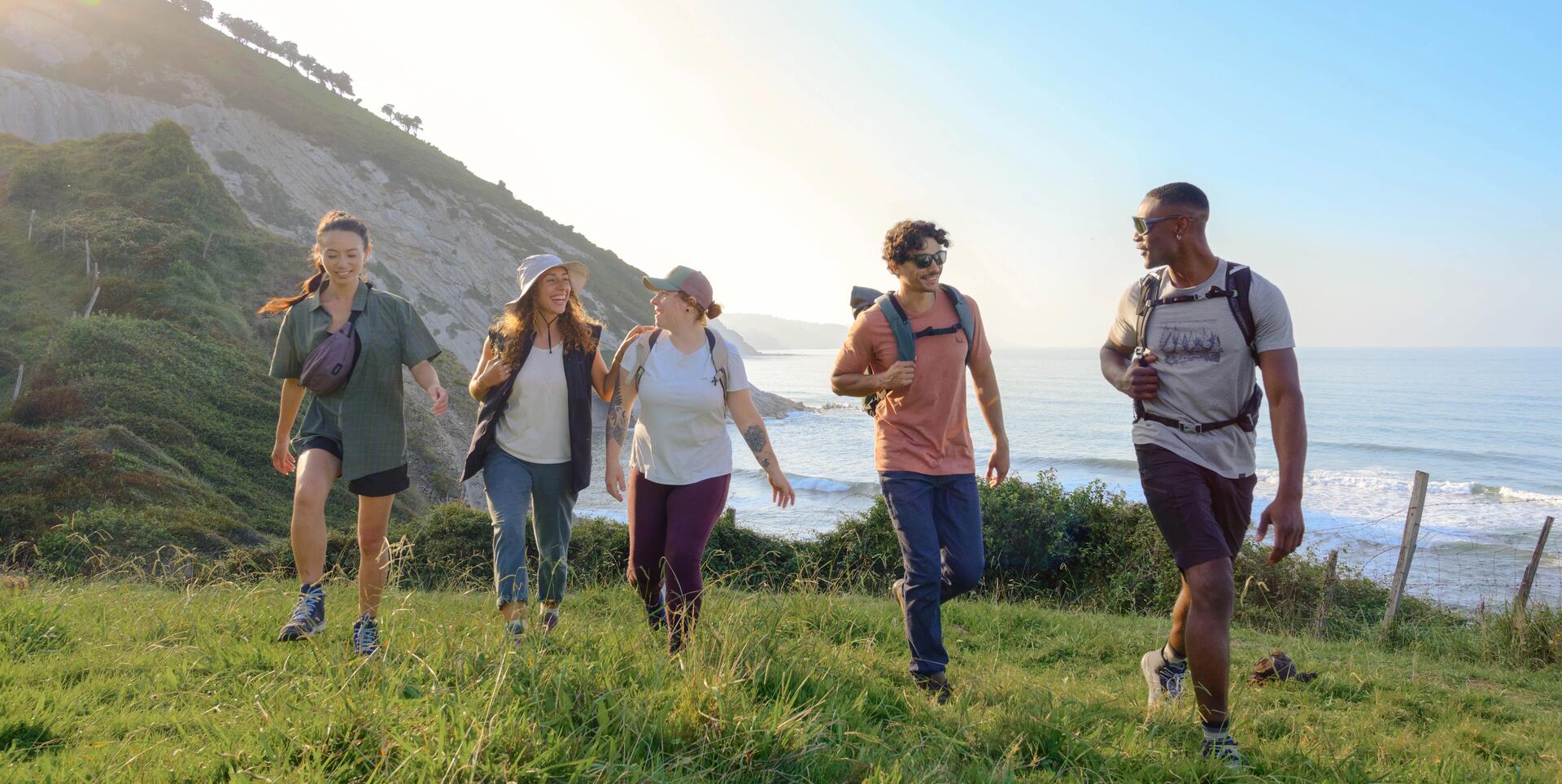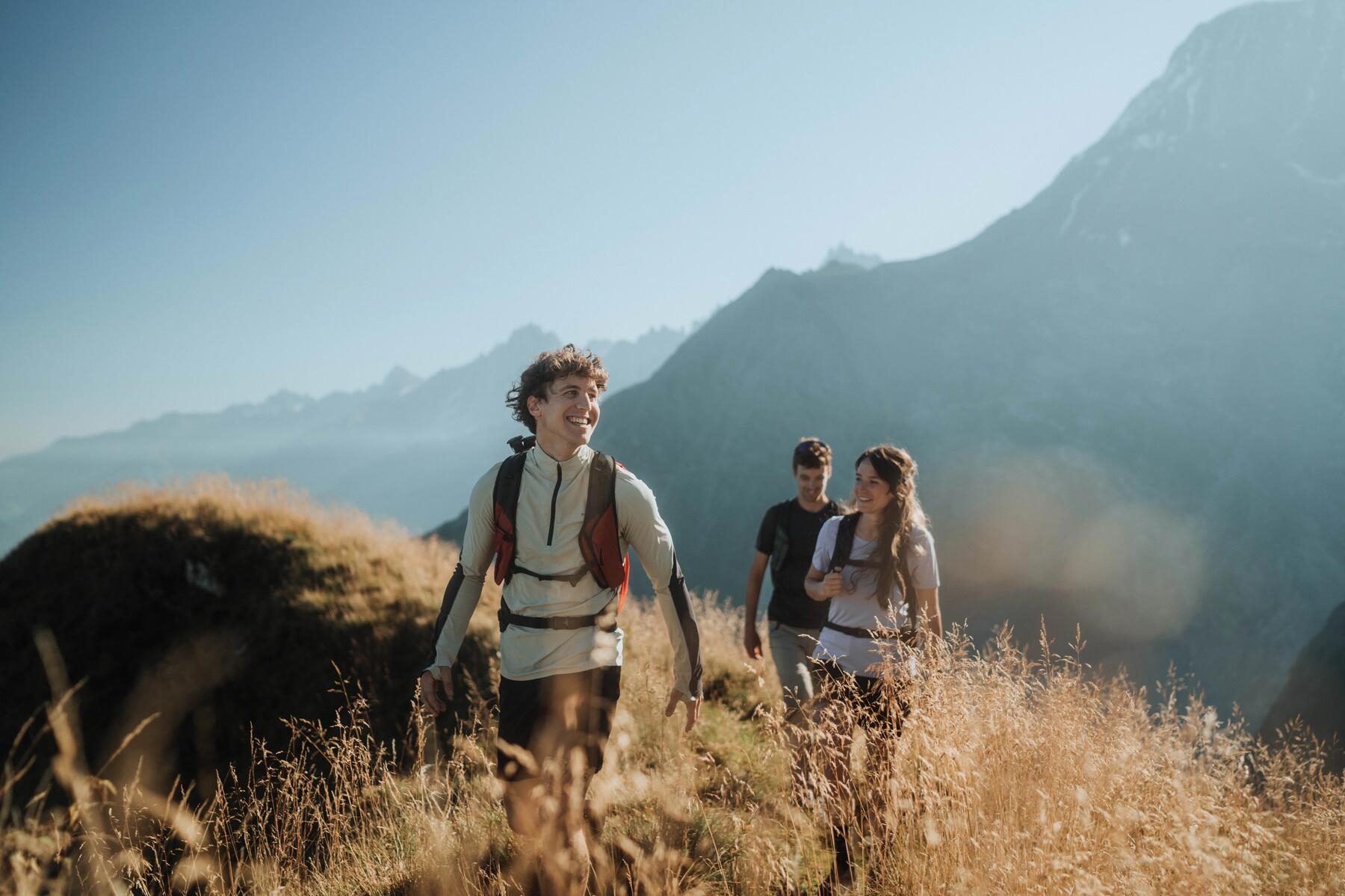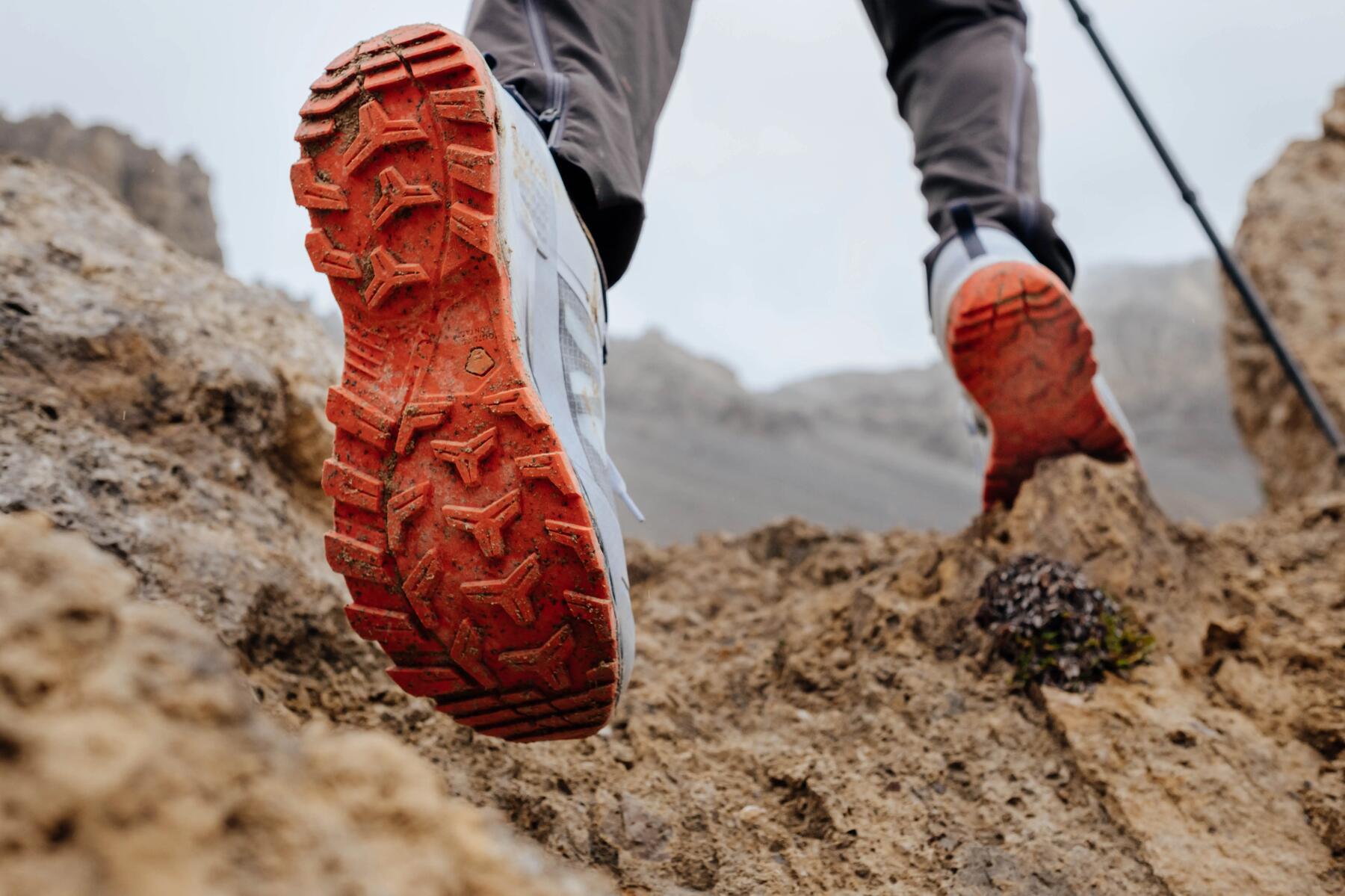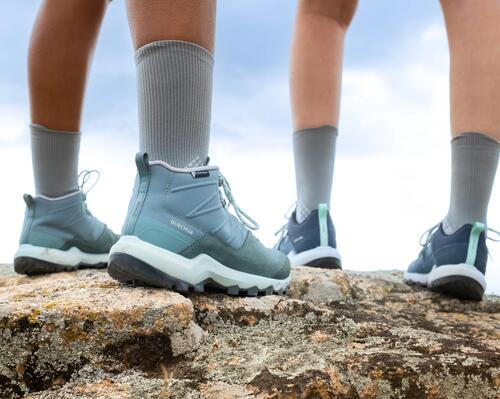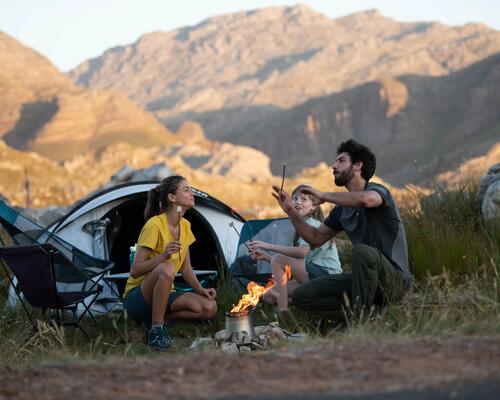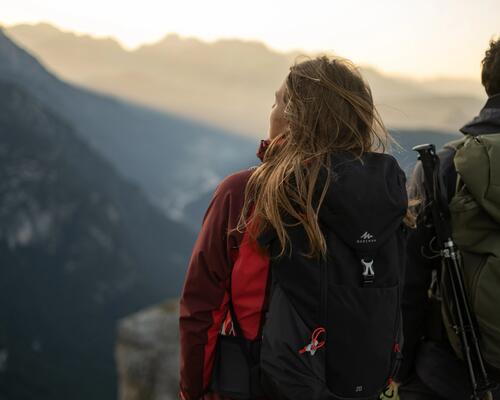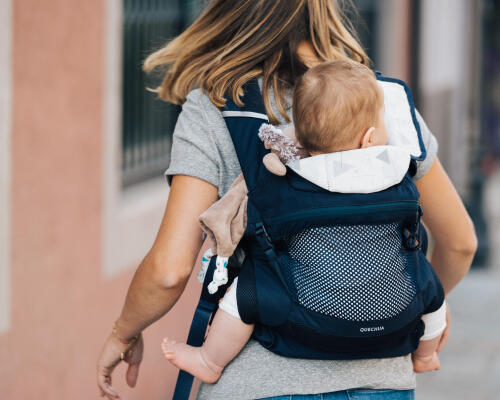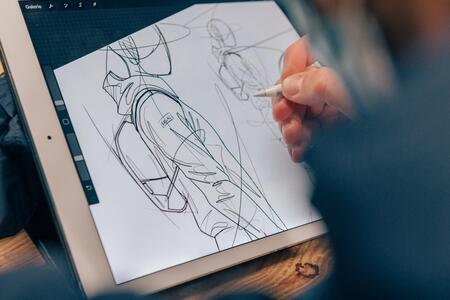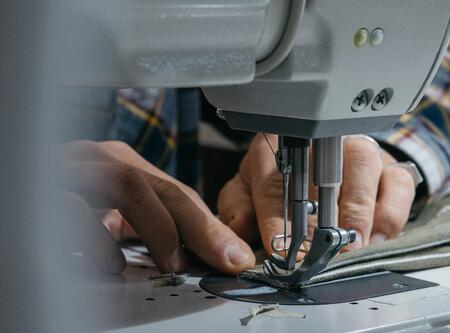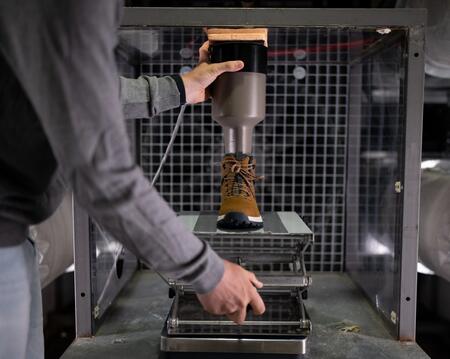We're on your sides for your adventures!
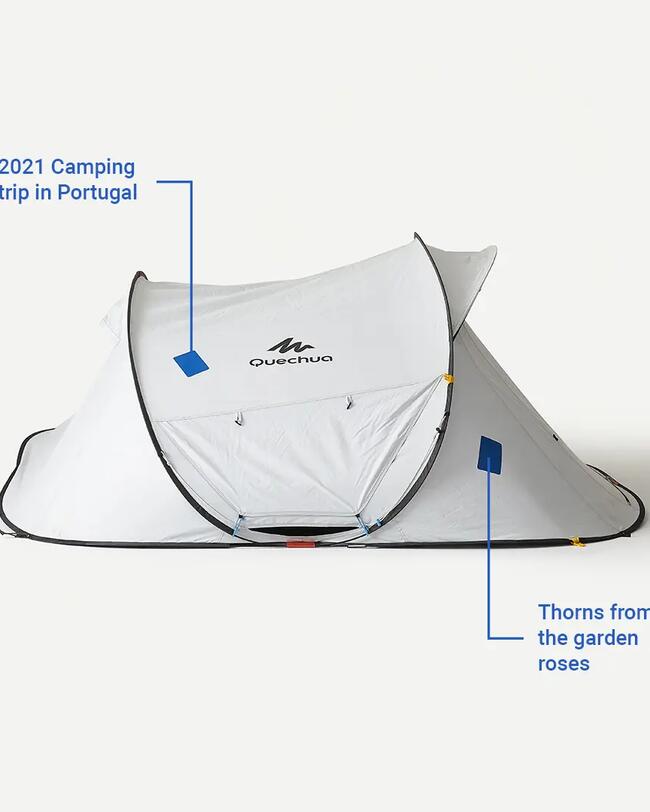
If you love it, care for it!
At Decathlon, we provide you with all the start-up, assembly, maintenance and repair information for your products all in one place. I care about my product >
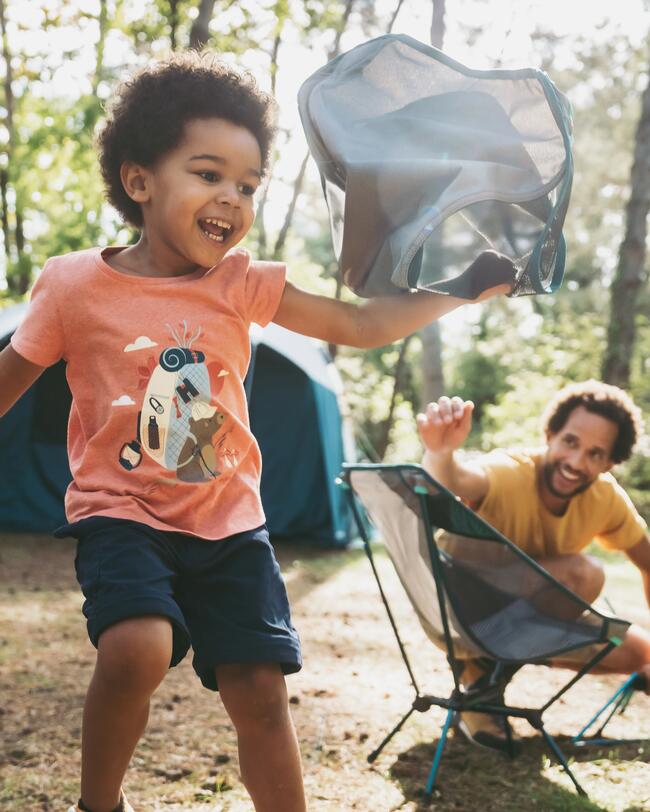
Decathlon App Camp
Thanks to the Decathlon Camp application, you can easily find the videos of assembly, disassembly and functionalities of our camping and bivouac tents. Download the app >
